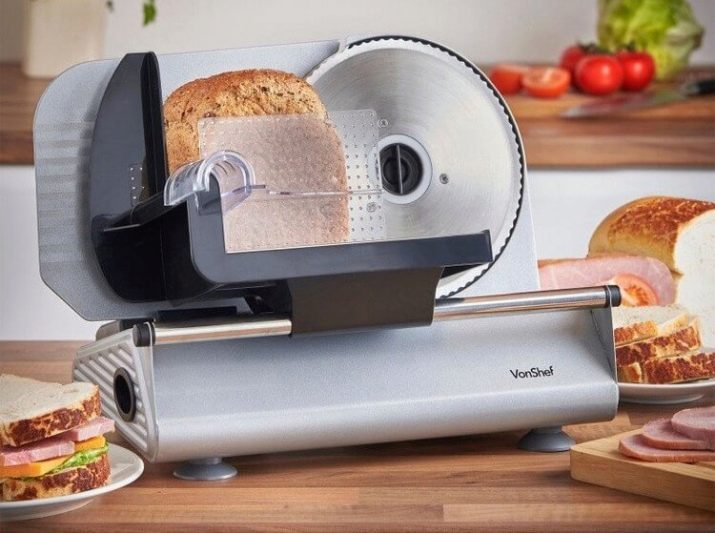Features and selection of manual slicers
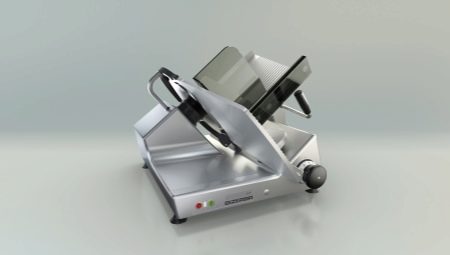
The features of manual slicers are not widely known to humans. Meanwhile, a mechanical slicer for slicing bread, cabbage and tomatoes at home can be of great benefit - if you choose the right product. It is equally important to figure out how to use the slicer at home.

general description
Cutting various products with a knife is familiar and even quite convenient, but it is tedious and time-consuming. It is not always possible to achieve the ideal quality of the cuts. For this reason, a manual slicer will be quite relevant - or, as they say, a mechanical slicer. Such devices work neatly and fairly quickly. It will be possible to achieve a perfectly accurate thickness of the pieces.
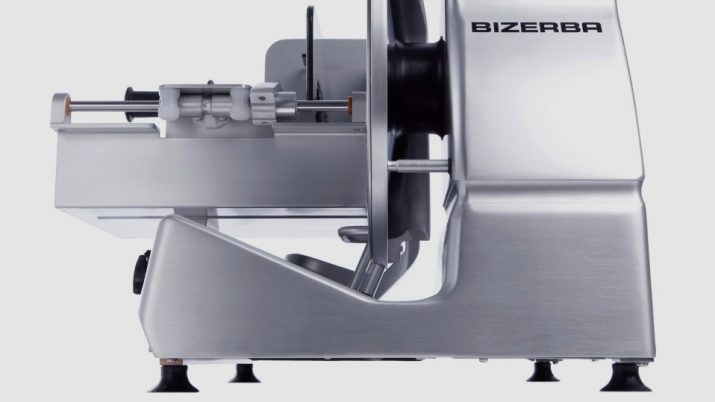
Unlike the electrical system, the manual slicer does not contain a dedicated drive.... Therefore, it is usually cheaper and more compact. You need to work with such a device with two hands. Such manipulation requires certain skills. Such devices are used not only at home, but also in small grocery stores and bakeries.
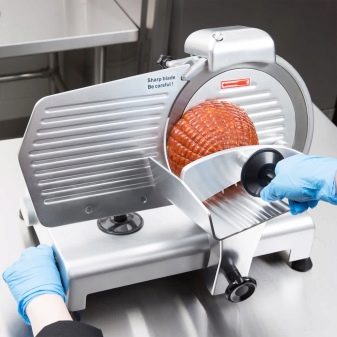
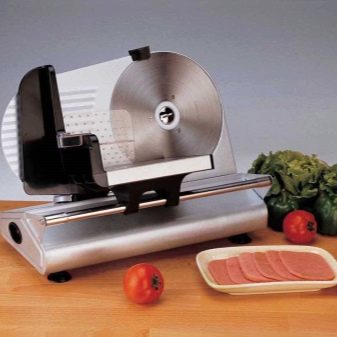
Top manufacturers
The first apparatus of this kind was invented in the 19th century. However, since then, they have long gone from handicrafts and switched to the industrial production of cutting machines. Slicers for cutting products at home are produced by a number of large companies, including Bosch, Gorenje, Moulinex.
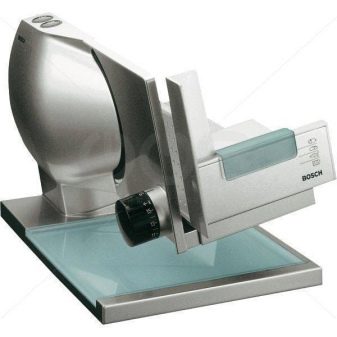
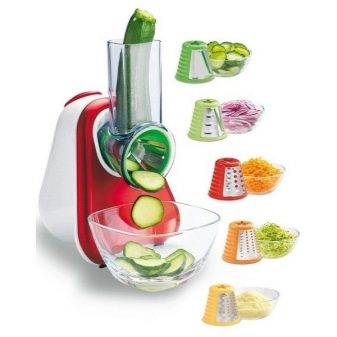
It is worth noting that both they and other companies have mainly moved their production facilities to Asia. But this had almost no effect on the quality of the finished goods.
The IKEA Spritta model deserves attention. This slicer is suitable for working with onions and apples, pears and tomatoes. It will cope with other vegetables and fruits of varying hardness.With it, you can easily and quickly cut food in an elegant way. Spritta is easy to clean in dishwashers, and even inexperienced people will be able to use it.

You should also pay attention to the German slicer. Tartufolo 54000. Basically, this small-sized device is designed for cheese. However, it will also handle:
- mushrooms;
- vegetables;
- fruit;
- a variety of meat products.
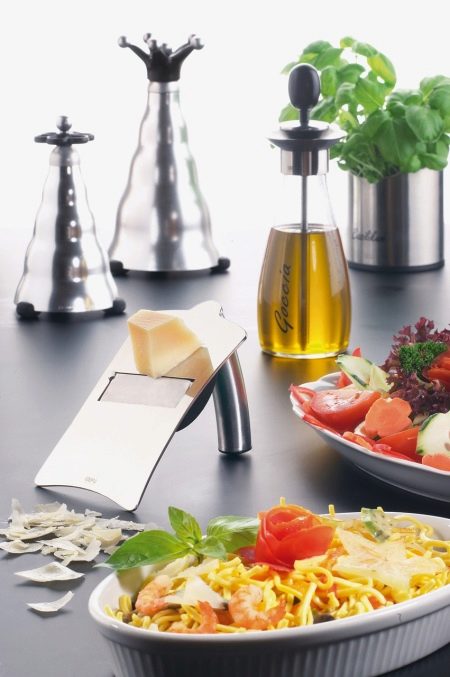
The device is made very high quality... It was equipped with a sturdy plastic handle. The main work is done by a perfectly sharpened double-sided blade. Tartufolo is easy to clean in the dishwasher. In addition to this circumstance, as well as the simplicity of work, it is worth emphasizing the compactness.
Swedish is also in demand Alligator... This slicer is practical and reliable. They note that she is able to serve for more than one season. The sharpness of the blades is beyond doubt. With their help, it will be possible to cut a wide variety of products.
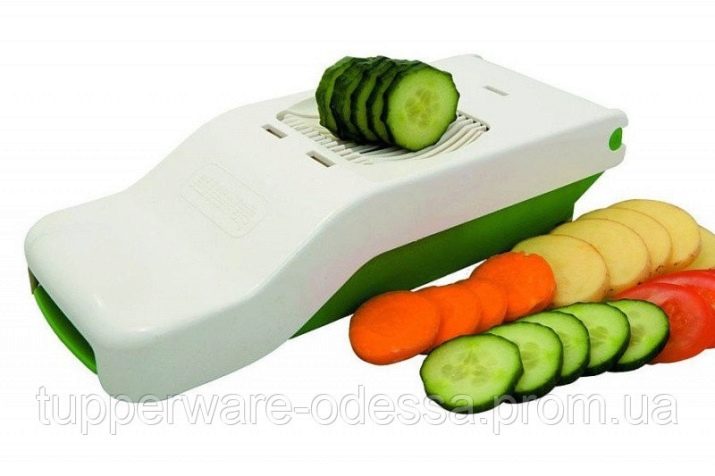
Criterias of choice
Most often, multifunctional manual slicers are purchased for the home. They allow you not to think about the type of product to be processed. But this versatility has to be paid for by the fact that not everything is cut well enough and efficiently. In many cases, especially for food lovers, highly specialized models are preferable. Cheese slicers usually have a Teflon layer, which allows them to work more efficiently with a viscous mass.
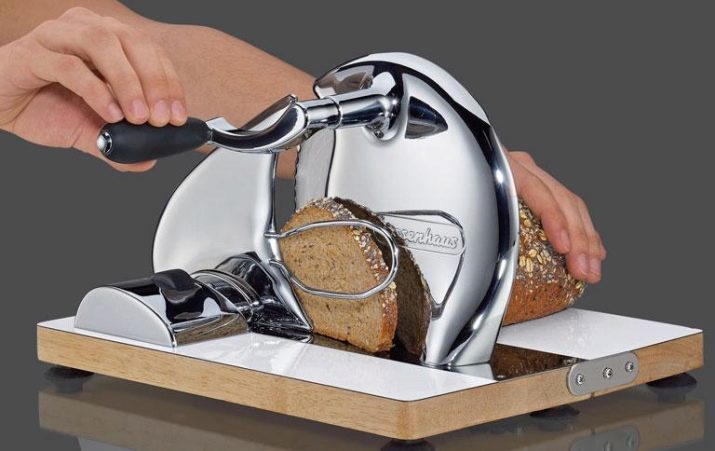
The fish handling device is equipped with a special active carriage. If the machine is suitable for cheese, then it is usually also suitable for bread and tomatoes. If you choose a device for cabbage, then it should already be designed for a higher level of hardness. However, it is not worth dwelling on these parameters. It is necessary to check that the slicer:
- cut food quickly enough;
- formed pieces with smooth edges and the same geometry;
- was easy to use;
- did not require complex care;
- calmly endured blows and falls;
- served for a long time.
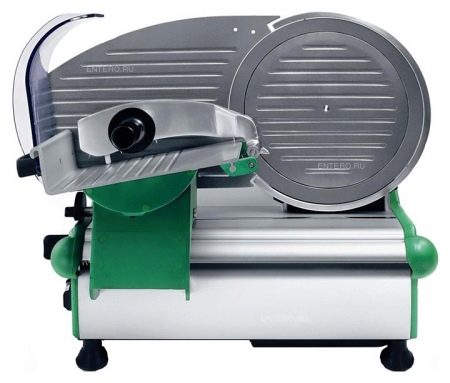
The plastic body gives off an entry-level clipper. It will be lightweight, but not too strong. Plastic is also easily scratched. Metal structures are stronger and more reliable. They can be used both in domestic conditions and in small food production.
If, nevertheless, preference is given to a plastic cutting machine, then it is necessary to check whether its body bends even from a slight effort. This problem is often associated with cheap models. The nuances, however, do not end there.
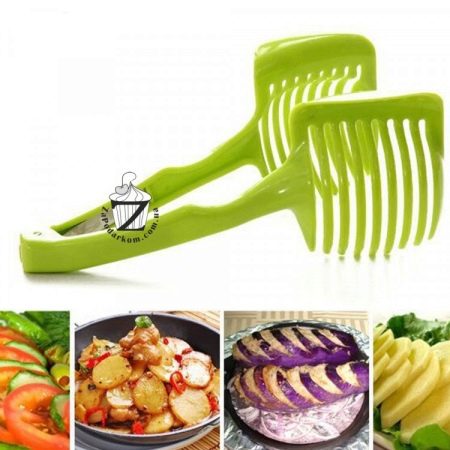
You should pay attention to the parameters of the knives. The larger they are, the larger the product can be cut.
How to use it correctly?
Before using the slicer, you should inspect and check how well the knife is sharpened. This is done by testing a stationary blade with a strip of paper. It should be cut, not torn. If this rule is violated, the knife is sharpened additionally. Next, the desired cutting thickness is set.
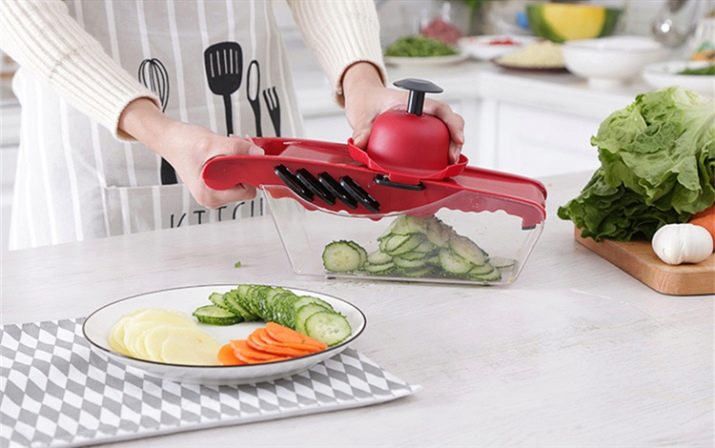
Optimum performance (in millimeters):
- for processed cheeses - 5-8;
- for smoked sausages - 1-2;
- for cooked sausages - from 3 to 5;
- for boiled meat - from 3 to 5;
- for hams, carbonate, bacon, boiled pork - from 2 to 3.
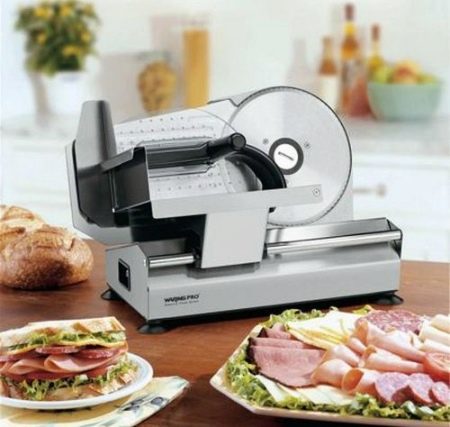
When the portion is cut, work is stopped. Repeat it with a new product tab. The body and the knives themselves are thoroughly washed with detergents diluted in hot water. All parts must be rinsed with clean water and wiped dry. Products should be freed from packaging, pits and other solids.
